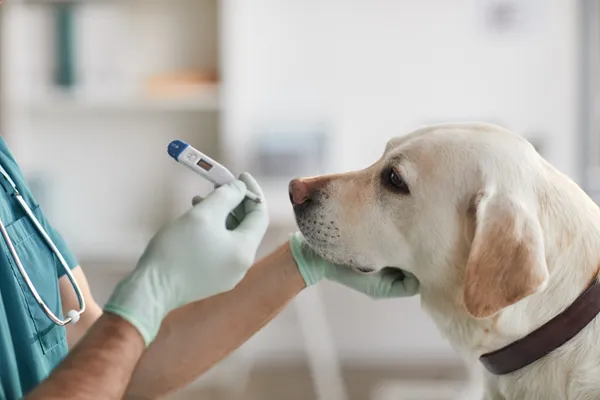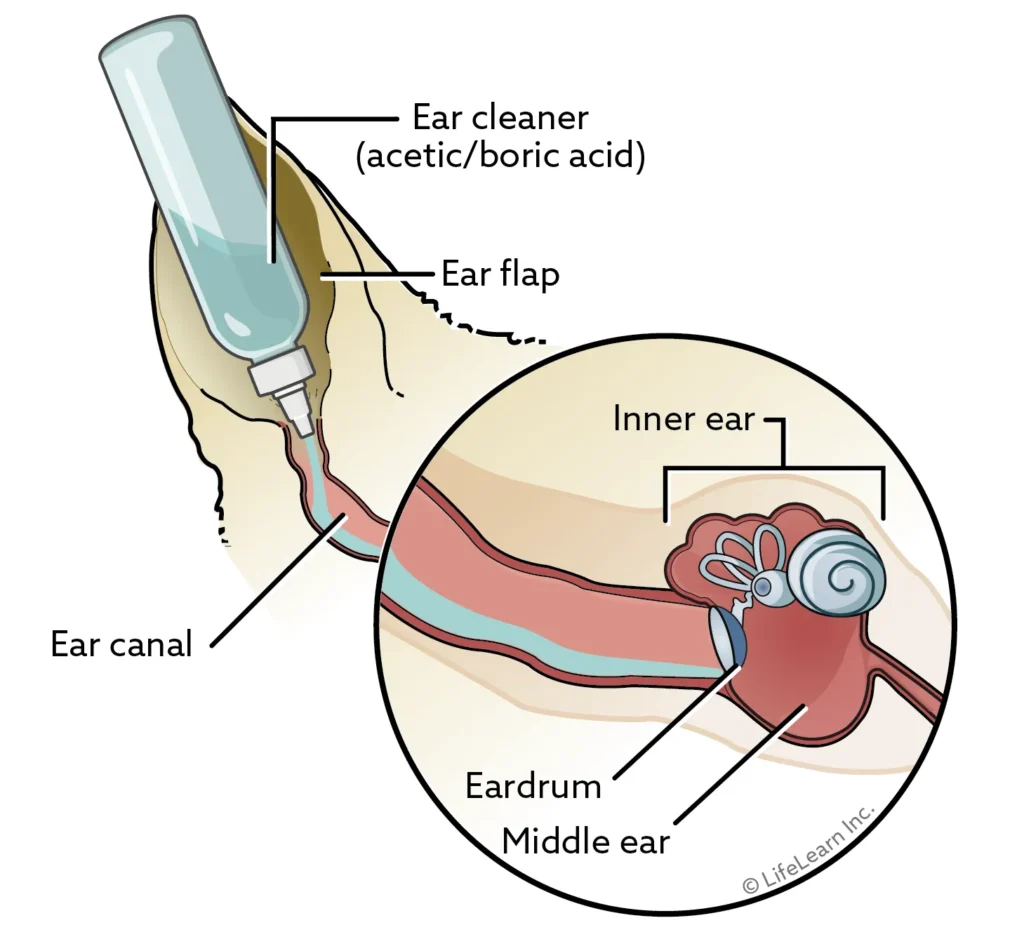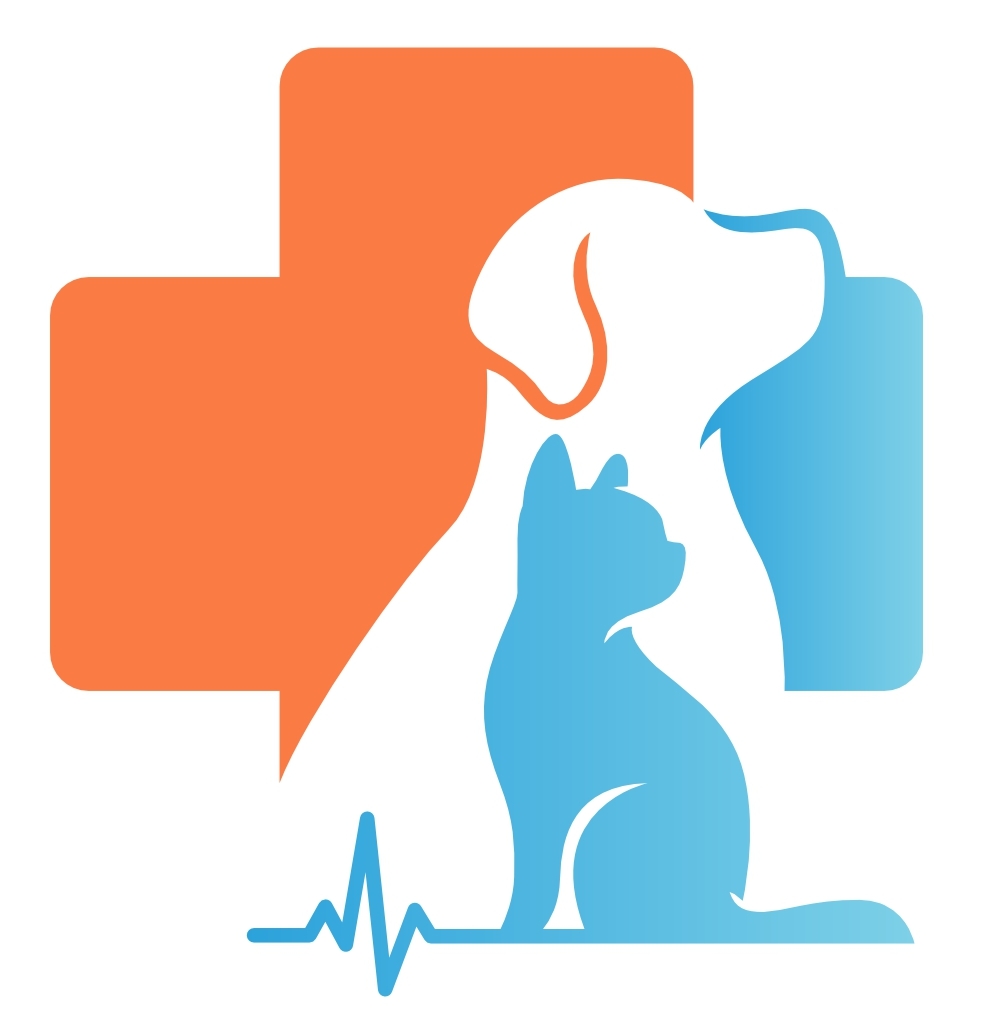Acetylsalicylic Acid (Aspirin)

Acetylsalicylic acid, or ASA (brand name Aspirin®), is used off label and is given by mouth in the form of a tablet to treat abnormal clotting. Do not use this medication in pets with bleeding disorders, in pets that are allergic to it, or in pets concurrently using corticosteroids or other NSAIDs.
Acetylcysteine

Acetylcysteine is given by mouth, injection, or topically and is used on and off label to treat toxicities or to break up mucus. It is usually a prescription, but some forms may be found over the counter. Give as directed by your veterinarian. The most common side effect is an upset stomach. Do not use in pets that are allergic to it. If a negative reaction occurs, please call your veterinary office.
Acetic Acid/Boric Acid: Otic

Acetic acid/boric acid otic (brand name Malacetic) is an antibacterial and antifungal medication used as an ear cleanser and drying agent in cats and dogs with ear infection. This medication may be part of a combination product. Acetic acid/boric acid otic comes as a liquid ear cleanser.
Acetic Acid/Boric Acid Topical

Acetic acid/boric acid topical (brand name Malacetic) is an antibacterial and antifungal medication used to treat skin infections caused by bacteria and/or yeast in cats and dogs. Some formulations may be used to treat ear infections. This medication may be part of a combination product. Acetic acid/boric acid topical comes in shampoo, liquid (spray and dropper), and wipe form.
Acetazolamide

Acetazolamide is a diuretic used off label and given by mouth to treat glaucoma or alkalosis. The most common side effect is stomach upset, but other side effects of the central nervous system, blood, kidneys, electrolytes, blood sugar levels, liver, or skin are possible. Do not use this medication in pets with liver or kidney disease, or low sodium or potassium blood levels. Use with caution in pets with acidosis, diabetes, pregnancy or lactation. If a negative reaction occurs, please call your veterinary office.
Acepromazine

Acepromazine is a sedative/tranquilizer used primarily in cats and dogs as a pre-medication for anesthesia or for chemical restraint. It is given by injection in the clinic or by mouth in the form of a tablet. The most common side effect is low blood pressure. Acepromazine should not be used in conjunction with certain toxicities, or in pets with heart disease or low blood pressure. It should be used cautiously in pets with mild liver or heart disease, clotting problems, or in pregnant, debilitated, or young animals. If a negative reaction occurs, call your veterinary office.
Internal Parasites in Cats

This handout outlines common internal parasites in cats. Included are parasites of the gastrointestinal tract (roundworms, hookworms, and tapeworms), as well as parasites of the circulatory system (heartworms). How each of these parasites can affect your cat and what you can do to prevent or treat infection are explained.
Echinococcosis in Cats

Echinococcosis refers to being infected with a tapeworm of the genus Echinococcus and is primarily a parasite of coyotes and foxes. Infected cats are usually asymptomatic, but in both cats and humans the parasite can cause large cysts to form within the lungs and liver. E.multilocularis is treated with praziquantel and in most cases the prognosis is good.
Diarrhea in Cats

Diarrhea is a symptom of an underlying problem that may be minor or very serious. Some cases may resolve on their own or with minimal treatment, while other cases require in-depth diagnostic testing and more aggressive treatment to address the underlying condition. The possible causes, diagnostic tests, and treatment protocols for diarrhea in cats are numerous and they are explained in this handout.
Cytauxzoonosis in Cats

Cytauxzoonosis is an often-fatal disease caused by a tick-borne protozoan parasite, typically found in bobcats. It is more commonly seen in the southern United States but is spreading with tick migration. It can cause anorexia, lethargy, respiratory difficulty, anemia, and jaundice. Diagnostic testing, treatment options, and preventives are described in this handout. This disease is not transmissible to dogs or humans.

